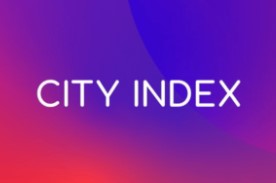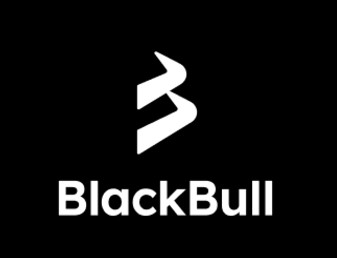Central bank monetary policy meetings are pivotal events in the financial calendar, capable of sending ripples across global markets. The upcoming Reserve Bank of Australia (RBA) meeting scheduled over March 31st and culminating in an announcement on April 1st, 2025, holds particular interest, not just for its potential impact on the Australian economy and the AUD, but also as the first meeting conducted under the RBA’s reformed dual-board structure. Understanding the context, potential outcomes, and market implications is crucial for investors and traders alike.
Market Expectations for the April 1st Decision
Heading into the April 1st meeting, the overwhelming consensus among market participants, including economists at Australia’s major banks (ANZ, CBA, NAB, Westpac), points towards the RBA holding the cash rate steady at 4.10%. Market pricing, reflected in instruments like the ASX 30 Day Interbank Cash Rate Futures for April 2025, reinforces this view, indicating only a low probability (around 8-14% depending on the source as of late March) of a further cut to 3.85%.
Several factors underpin this expectation for a pause:
- Assessment Period: Having just cut rates in February, the RBA will likely prefer to wait and assess the impact of that easing on the economy. Monetary policy operates with lags, meaning the full effects of a rate change take time to filter through.
- Credibility and Caution: Implementing back-to-back rate cuts, especially after a long hiking cycle, could be interpreted as overly aggressive or panicked unless incoming data shows a sharp and unexpected deterioration in economic conditions. The RBA generally prefers a measured approach.
- Inflation Vigilance: While headline inflation has entered the target band, the RBA will want sustained evidence that it will remain there. The slightly elevated underlying inflation reading from late 2024 warrants caution. The Board will likely wait for more data, particularly the crucial Q1 2025 CPI figures due on April 30th, before considering further easing.
- Global Uncertainty: Lingering concerns about global economic factors, such as trade tensions or shifts in international monetary policy, may also encourage a cautious stance.
At its core, the RBA Monetary Policy Meeting is where the key decisions regarding Australia’s official cash rate (OCR) are made. The RBA board, now comprising a specialist Monetary Policy Board under the new structure implemented in 2024, convenes eight times a year. Their primary objective, guided by the Bank’s mandate, is multifaceted: maintaining price stability (targeting inflation within a 2-3% band over time), contributing to the stability of the currency, fostering full employment, and ultimately supporting the economic prosperity and welfare of the Australian people.
The official cash rate is the RBA’s primary lever to achieve these goals. It represents the target rate for overnight loans between commercial banks and acts as the foundation upon which other interest rates in the economy are built. Changes in the OCR directly influence borrowing costs for consumers (mortgages, personal loans) and businesses, as well as returns on savings. This mechanism, in turn, impacts household spending, business investment decisions, overall economic growth, employment levels, and inflation dynamics. The decision, announced at 2:30 pm AEDT on April 1st, followed by the Governor’s press conference an hour later, provides not only the rate decision itself but also crucial forward guidance through the accompanying statement and Q&A session.
Top Australian Brokers
- Pepperstone - Trading education - Read our review
- IC Markets - Experienced and highly regulated - Read our review
- eToro - Social and copy trading platform - Read our review
The path leading to the April 2025 meeting has been eventful. Following a period of historically low rates, the RBA embarked on an aggressive tightening cycle starting in mid-2022 to combat soaring post-pandemic inflation. This involved 13 rate hikes, lifting the OCR significantly. By November 2023, the RBA paused this cycle, holding the rate steady at 4.35% as inflation began to show signs of easing.
A significant shift occurred at the February 18th, 2025 meeting, where the RBA enacted its first rate cut in over four years, reducing the OCR by 0.25% to its current level of 4.10%.





